Optimal Timing for Foundation Repairs
Foundation repairs are critical for maintaining the stability and safety of a structure. The timing of repairs can influence their effectiveness and longevity. Understanding seasonal and environmental factors helps determine the optimal time for addressing foundation issues.
Spring offers moderate weather conditions, making it suitable for foundation work. Soil moisture levels are typically optimal, reducing the risk of further shifting during repairs.
Summer's dry and warm conditions can facilitate faster repairs, but extreme heat may cause soil to dry out excessively, leading to potential soil movement.
Fall provides cooler temperatures and stable soil conditions, which can be ideal for foundation repairs before winter.
Winter presents challenges such as freezing temperatures and frozen ground, which can hinder excavation and curing processes.
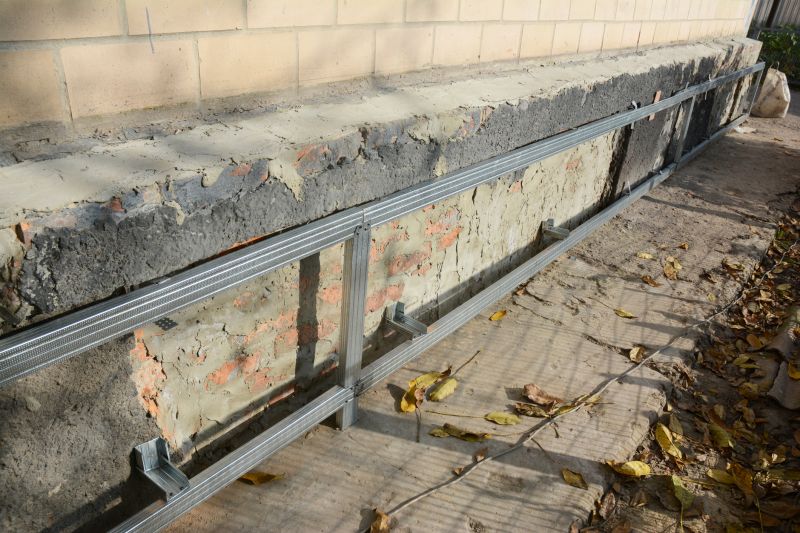
Springtime provides ideal conditions for foundation stabilization and repair work.
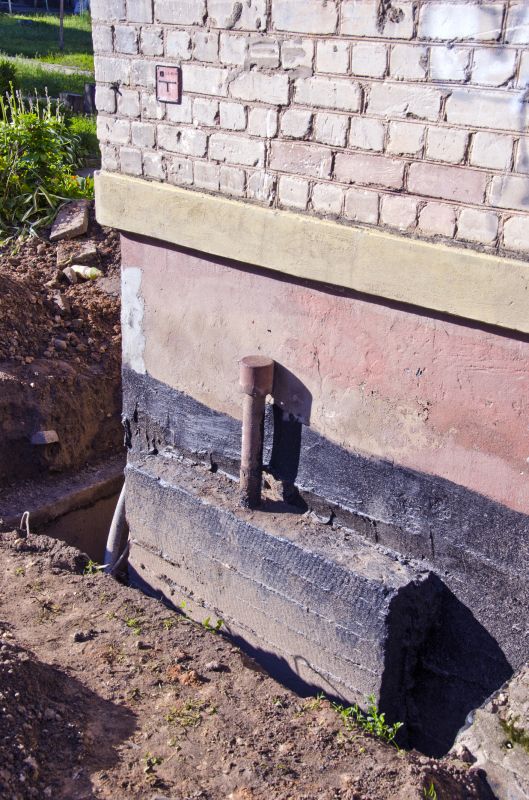
Summer's warm weather allows for efficient repair processes, provided soil moisture is managed.
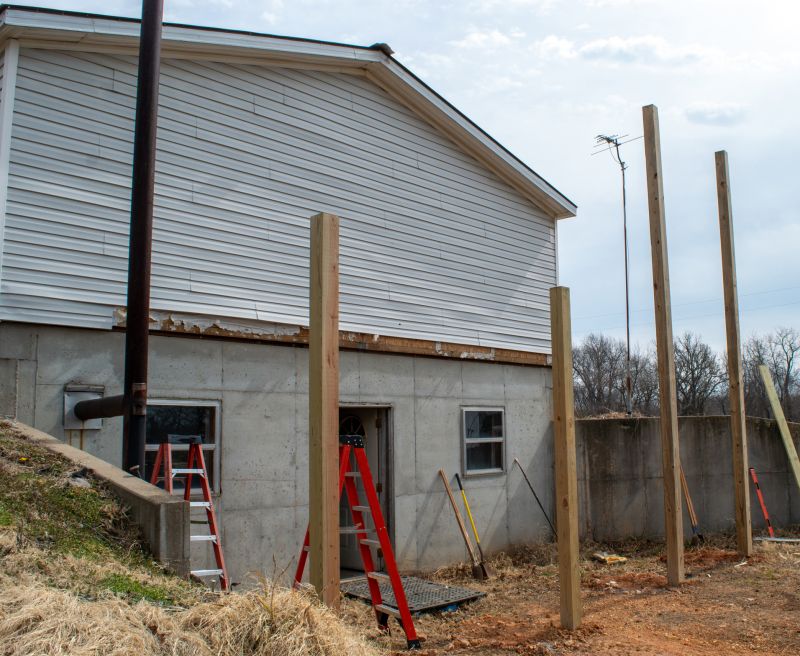
Fall offers stable soil conditions, making it a preferred season for foundation repairs.

Ways to make Foundation Repairs work in tight or awkward layouts.

Popular materials for Foundation Repairs and why they hold up over time.
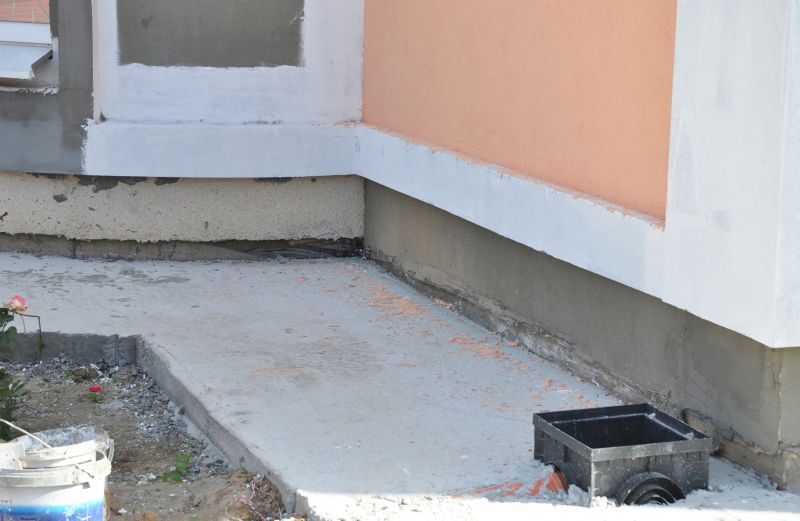
Simple add-ons that improve Foundation Repairs without blowing the budget.
| Season | Ideal Conditions |
|---|---|
| Spring | Moderate temperatures, optimal soil moisture |
| Summer | Warm weather, dry conditions, manage soil moisture |
| Fall | Cool temperatures, stable soil conditions |
| Winter | Freezing temperatures, frozen ground |
Foundation repairs involve addressing issues such as settling, cracking, and shifting that compromise structural integrity. Proper timing ensures repairs are effective and durable. Seasonal factors like soil moisture and temperature significantly influence the success of foundation stabilization procedures. Statistics indicate that foundation problems affect approximately 25% of homes in regions with variable soil conditions, emphasizing the importance of timely intervention.

A typical repair involves soil stabilization, piering, and crack sealing.
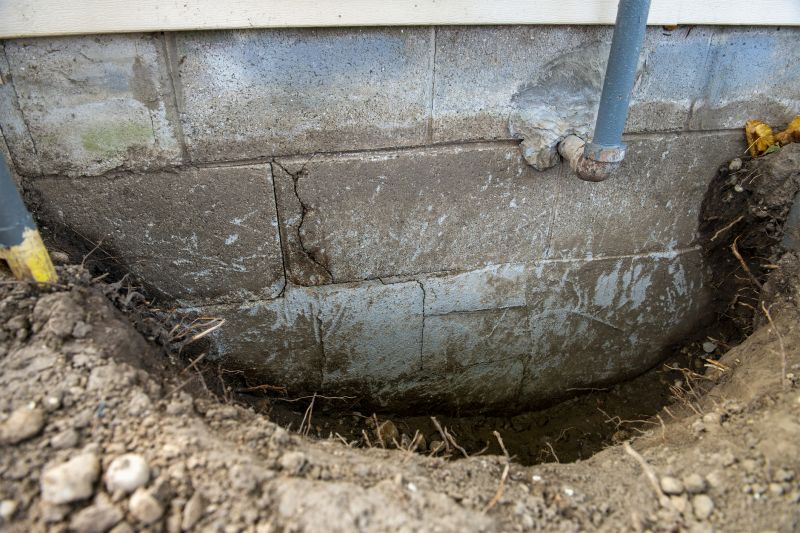
Cracks in walls, uneven floors, and sticking doors indicate potential problems.

Equipment such as hydraulic jacks and soil injectors are used in repairs.
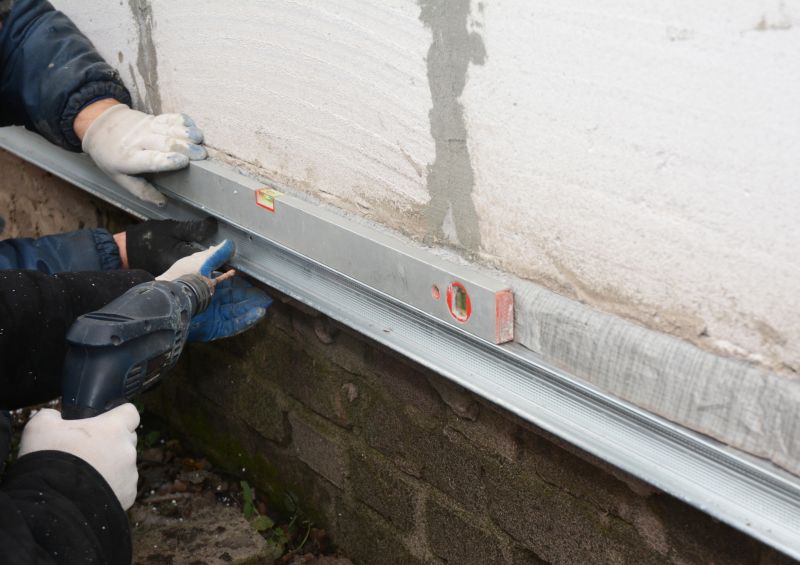
Properly repaired foundations provide long-term stability.
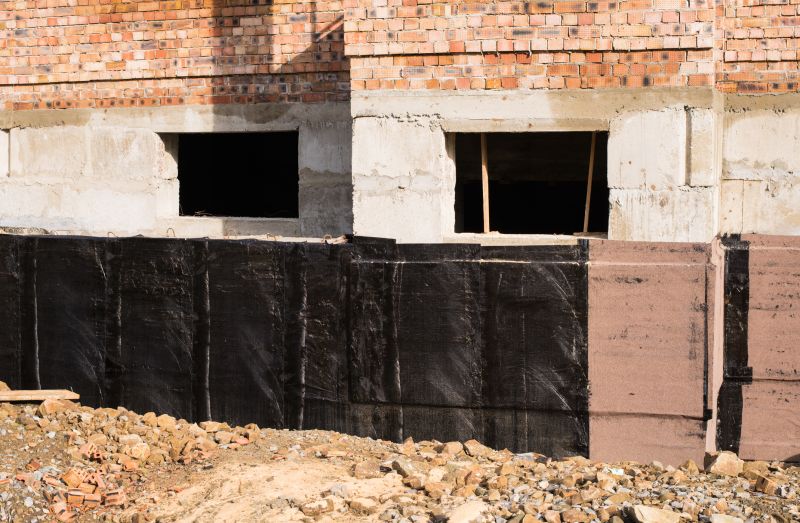
High-end options that actually feel worth it for Foundation Repairs.
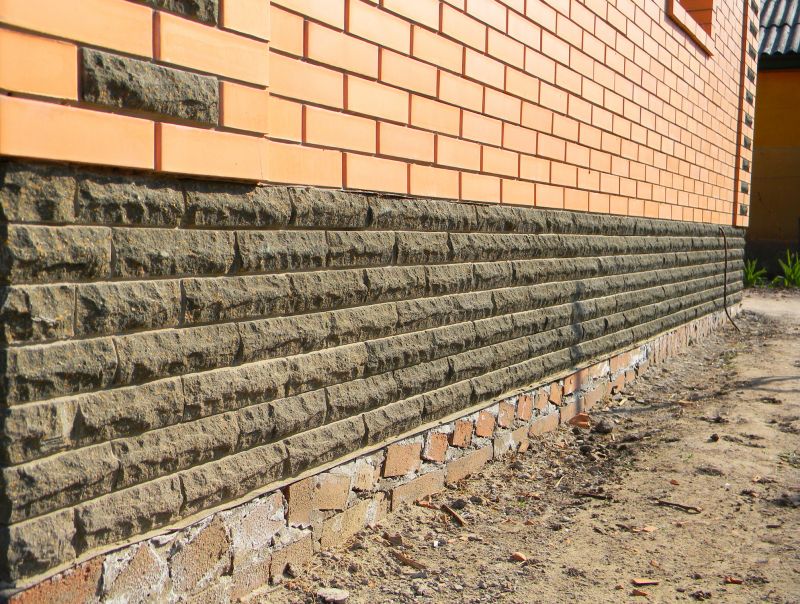
Finishes and colors that play nicely with Foundation Repairs.
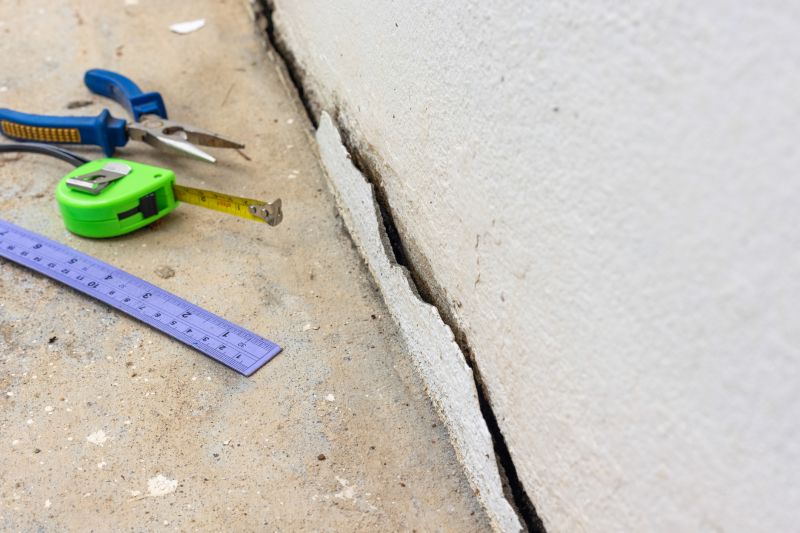
Little measurements that prevent headaches on Foundation Repairs day.
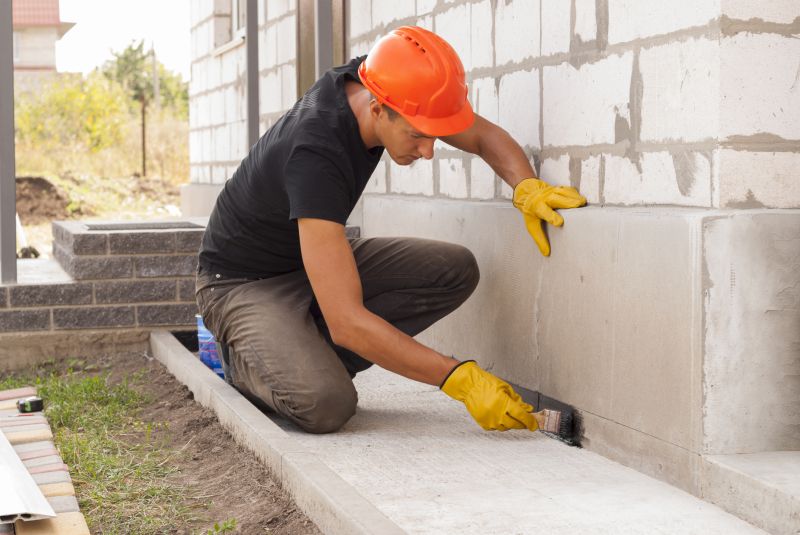
A 60-second routine that keeps Foundation Repairs looking new.
Timely foundation repairs can prevent further structural damage and costly future repairs. Recognizing early signs and choosing the appropriate season for repairs enhances outcomes. Regular inspections and expert assessments are recommended to determine the best timing for intervention.
Interested in foundation repair services? Fill out the contact form to get started.
